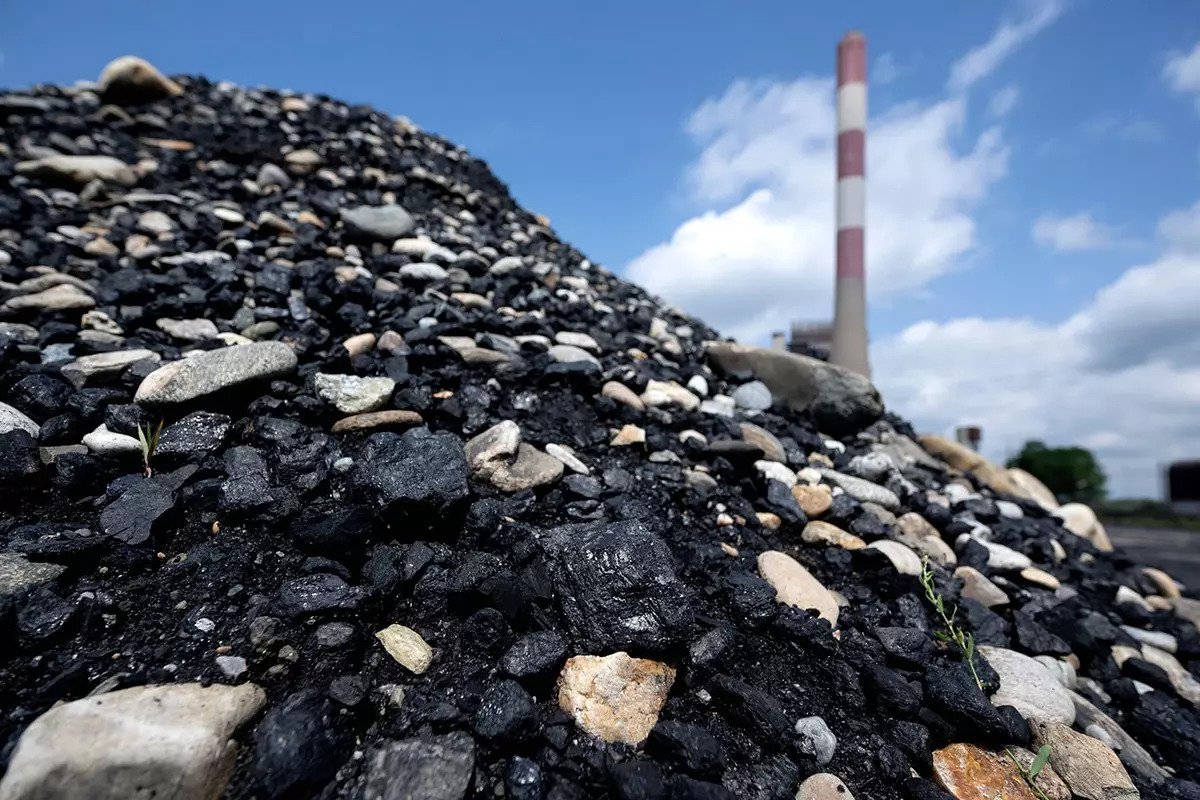European coal prices remain far lower than their Pacific basin counterparts. Analysts believe this indicates that EU demand is weak in the face of constrained Australian supplies.
Up to this point, the front-month API 2 trade has achieved USD 178/t, vs the Ice Newcastle counterpart of USD 365/t on Ice Futures. This USD 187/t differential corresponds to a USD 68/t median discount the previous year and a USD 18/t median premium in 2021.
The two contracts are largely separated, responding to quite different factors. Guillaume Perret, director of Perret Associates, believes so.
According to Perret, European prices were still under strain due to relatively warm weather, lower rival gas prices, high supplies, and decreasing industrial demand. Meanwhile, supplies of high CV coal in the Pacific region remained limited.

Australian coal exports are expected to fall 10% from the previous year to 179 million tonnes in 2022. According to preliminary Perret Associates estimates, this is due to excessive rains impeding output, a lack of capital inflows, and a lack of staff.
Perret also stated that shipments from Australia might return to 185 million tonnes, albeit this would be significantly below the high exports of 212 million tonnes seen in 2019. So, while the spread may narrow slightly, Newcastle will continue to trade at a considerable premium for the majority of 2023.
Toby Hassall of Refinitiv coal stated that it is unusual that such a widespread has remained. While north Asian consumption of high-CV Australian thermal coal was high and availability was limited, a spread of this size would normally result in customers choosing lower-cost supply from other sources.
However, decreased demand from Europe has led to a drop in API 2 prices. Despite EU nations avoiding Russian coal in favor of alternative suppliers from as far off as Australia and Colombia, high Newcastle prices are expected to drive quantities from the continent in the short future.
